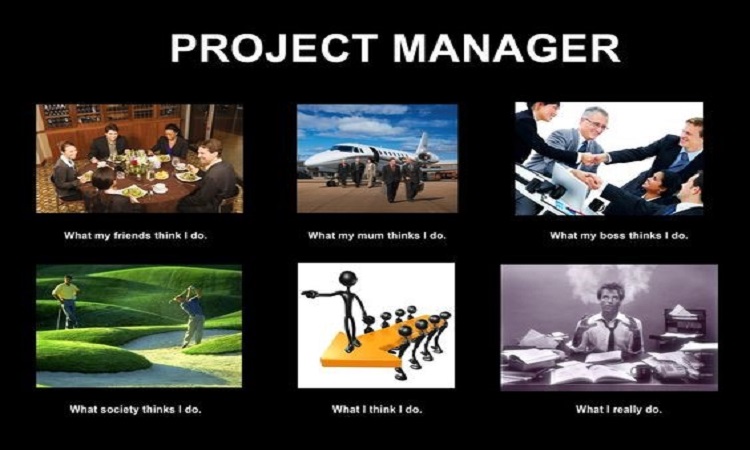Project managers have, arguably, the broadest job description in an organisation. They are required to think analytically and methodically while they structure the project and plan its roles and timeframe. However, they need to be able to negotiate and influence as they compete for resources against other projects and workstreams.
They need to be shrewd enough to appoint a team that will work well together and deliver the project objectives. And they must be sufficiently inspirational to lead that team, in addition to which they need to be able to communicate with senior executives and project sponsors.
Because of the demanding nature of this set of competencies, many project managers trained in a recognised project management methodology such as PRINCE2, ensuring a common approach to the project from everyone in the business, whether they are executives or team members.
Defining Roles
PRINCE2 emphasised the importance that a project manager properly define roles and responsibilities at the start of a project in order to properly deliver that project. The PRINCE2 method is fairly flexible about scaling these up and down as required, but some basics, such as the Senior Supplier and Senior User, are essential on all projects. There is frequent confusion in organisations as to who exactly is the Senior User and one of the benefits of a structured method is that it enables these questions to be resolved right at the start of the project.
Managing Risk
All projects have risks, as indeed do all workstreams. But many projects have risks that are specific to the work the project is doing. For example, on a construction project, severe weather may close the site or delay materials so this risk must be logged and scored. The risk then has to be mitigated, a process in which the project manager considers what measures could be taken to prevent the risk materialising and becoming an issue.
The risk is then rescored, post-mitigation and the residual risk score is used to rank the risks to the project. The reason the project board is often interested in the risk log is that major risks may also be risks to other parts of the business and the project manager has to be aware of this too.
Many organisations go further than a simple risk log and, particularly at the start of a project, log assumptions and dependencies too. This can be a very useful exercise, even though it is not strictly necessary with structured methods such as PRINCE2.
When it comes to exploring assumptions, the project manager will tend to do this once the project roles have been allocated and the project team is in place. This is because team members may be making assumptions as to what resources are available, or how their role interacts with others in the team. Ironing out these possible misunderstandings enables the project to make a controlled start, with the entire team aligned.
Similarly, there may be dependencies in the project plan that are not immediately apparent. Therefore, many managers will try and tease out all the possible dependencies before the project starts. The manager will be particularly alert for plan stages or work packages that depend on scarce resources, or work being completed outside the project team.
Thus we return to the manager’s need to wear multiple hats when juggling all the demands of a complex project – which is why so many opt for a standard methodology such as PRINCE2 which enables them to set up a structure and initiate the project in an orderly way.
In this context, the manager has to be able to negotiate for resources, such as IT specialists, that are in heavy demand elsewhere. The earlier the manager knows when and where they will need the resource, the more likely they are to be able to arrange it in a suitable time frame.
Communication and Engagement
In the old days, the project manager simply had to fire up an Excel spreadsheet to show how the budget was being spent and print a couple of Gantt charts to show progress. Then they circulated the information to the Project Board. Things are very different now; successful project managers understand the need for open communication, transparency, and engagement with the wider business.
If PRINCE2 is being used, stakeholders and business users will have been identified during the start-up and initiation phases. This ensures that the project manager knows where to focus when informing the business about the project’s work.
In fact, most experienced project managers put a huge amount of effort into the early stages of a project because they know the dividends that they can reap later on if they make that early push. Managing their own workload is definitely one of the skills they learn, as they run more projects.
